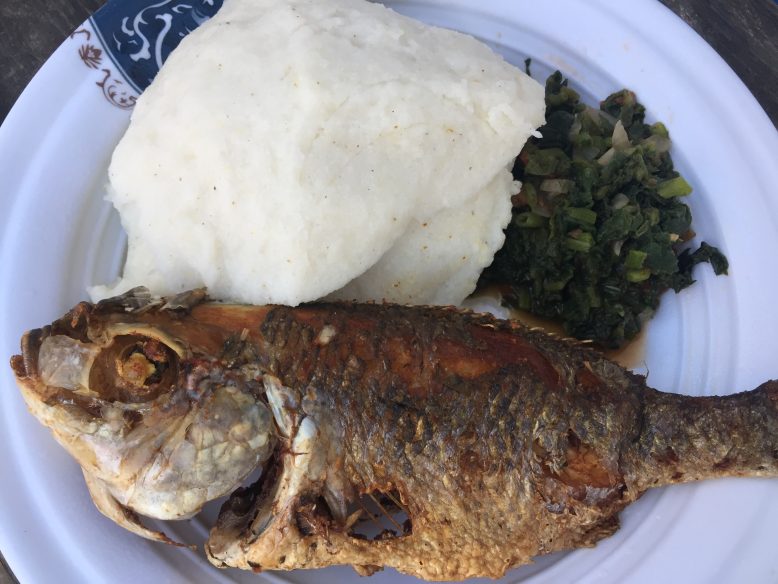Introduction: Malawian cuisine and its uniqueness
Malawi is a landlocked country in southeastern Africa. Its cuisine is unique and largely influenced by its geography and culture. Malawian cuisine is characterized by a variety of flavors, spices, and herbs. It is a fusion of African, Asian, and European influences. Malawian cuisine is built around staple foods, meat, and fish. In this article, we will explore some of the specific dietary restrictions and considerations in Malawian cuisine.
Staple foods: A mix of grains and vegetables
Staple foods are the foundation of Malawian cuisine. The most common staple food in Malawi is maize, which is ground into flour and used to make a thick porridge called nsima. Nsima is often eaten with vegetables and a protein source such as meat or fish. Other staple foods include cassava, sweet potatoes, beans, and rice. Vegetables such as pumpkin leaves, okra, and cabbage are also commonly used in Malawian cuisine.
Meat and fish: Popular sources of protein
Meat and fish are popular sources of protein in Malawian cuisine. Beef, goat, and chicken are commonly consumed meats, while tilapia and catfish are popular fish varieties. These meats are often grilled or stewed and served with nsima and vegetables. Due to the high cost of meat, it is not consumed on a daily basis by most Malawians. Fish, on the other hand, is more affordable and is a staple protein source for many Malawians who live near freshwater sources such as Lake Malawi.
Spices and herbs: Aromatic flavors and health benefits
Spices and herbs are used to add flavor and aroma to Malawian cuisine. Common spices used in Malawian cuisine include cumin, coriander, turmeric, and ginger. Herbs such as basil, parsley, and rosemary are also commonly used. These spices and herbs not only add flavor but also have health benefits. For example, ginger is known for its anti-inflammatory properties, while coriander is rich in antioxidants.
Dietary restrictions: Influence of religion and culture
Malawi is a predominantly Christian country, and many Malawians observe dietary restrictions during religious holidays such as Easter and Christmas. During Lent, for example, some Malawians abstain from meat. Muslims in Malawi also observe dietary restrictions during Ramadan. Some Malawians also avoid certain foods due to cultural beliefs. For example, some people believe that eating catfish can cause infertility in women.
Conclusion: Balanced and wholesome Malawian diet
In conclusion, Malawian cuisine is a unique blend of flavors and spices. It is built around staple foods such as maize, cassava, and rice, and includes meat and fish for protein. Malawian cuisine is also rich in vegetables, spices, and herbs, which add flavor and have health benefits. While there are some dietary restrictions due to religious and cultural beliefs, Malawian cuisine is generally balanced and wholesome.

